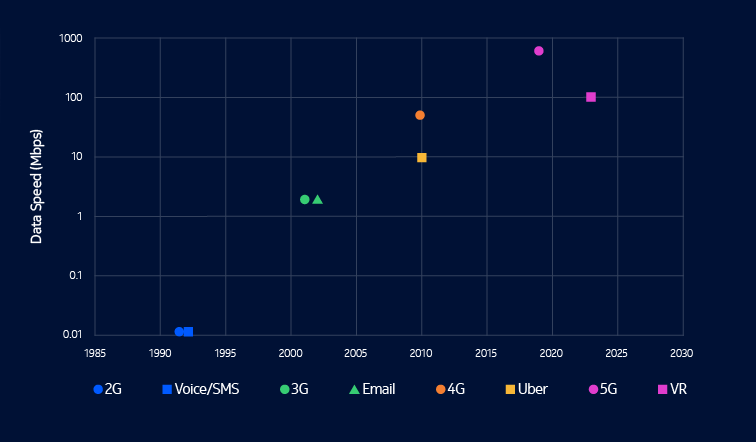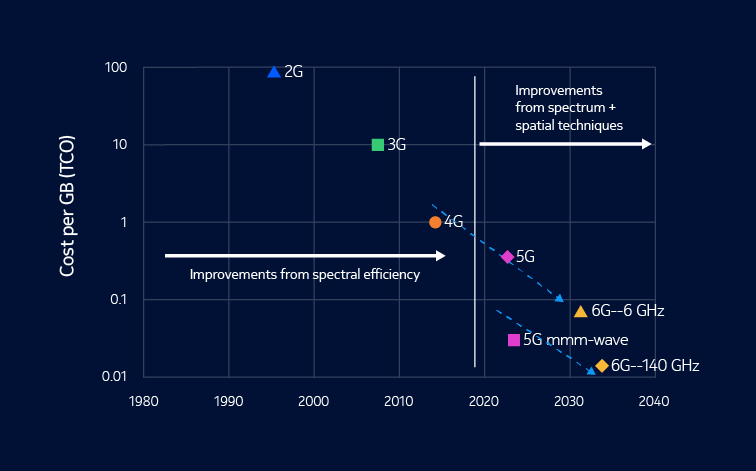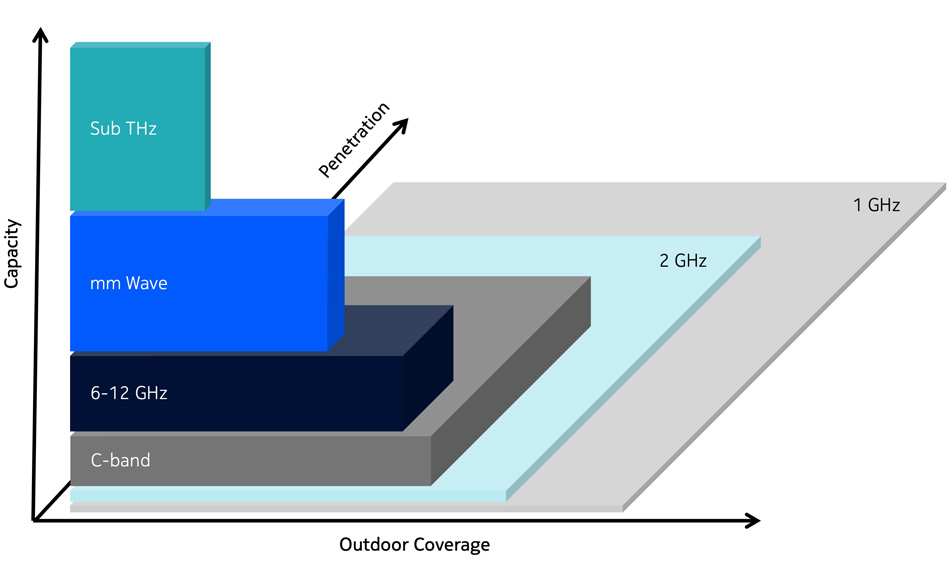
Joe Madden
Mobile Experts
Joe Madden founded Mobile Experts and serves as its lead analyst. Over the past 30 years, Madden has accurately predicted digital predistortion, remote radio heads, small cells, 5G fixed wireless, and the true size of the IoT market. He has worked as an RF engineer and managed product lines in mobile infrastructure and handset components. Joe leads the Mobile Experts team in analysis of wireless communications and edge computing.
A different way of thinking for 6G
We’ve been trained to focus on data speed in the mobile industry for generations of networking. BlackBerry took advantage of 3G networks immediately when they launched, because 3G was fast enough for email. Uber launched alongside LTE, because 4G was fast enough to make its ridesharing service practical. But 5G is different. After three years of 5G networks, we still don’t have apps that use gigabit speed. Yes, we will eventually have AR/VR headsets and other apps. But the point is that the apps are lagging behind, and speed is no longer the driving force behind service innovation.
In fact, the operators are investing in 5G for something different: not for speed but for capacity and cost reduction. This leads to very different thinking about how to develop 6G.

Most improvements in capacity and cost per gigabyte have historically come from enhanced spectral efficiency through new coding schemes and OFDM. With spectral efficiency improvements, we saw capacity, cost reduction and speed all came together as a package deal. New RF waveforms automatically improved all three.
More recently, however, we are nearing Shannon’s limit and our goals must be achieved in a different way. To add capacity, we’ve introduced Massive MIMO and wider frequency blocks to the market. In fact, the operators are investing in two distinct threads at the same time: 5G mmWave and C-band solutions, for a combination of good coverage and lower cost.
Let’s look closer at why we have two distinct threads of development for the future:

If we examine the trends in actual performance improvements, we find we have come up against physics. Nature dictates that we can’t push radio waves through walls easily above 15 GHz, and that means that we’re now working along two trend lines:
Surgical application of spectrum above 20 GHz can achieve extremely low cost per gigabyte. The applications that use this spectrum must also be surgical from a financial point of view – limited to specific ‘hotzones’ of coverage. High-band solutions can achieve ultra-low cost, but only in tight places where huge capacity can be utilized.
Wide area networks at 6-12 GHz will add strong capacity over wide areas. New 6G networks will use massive MIMO, cognitive radio, and other techniques to optimize cost over wide coverage areas. Notably, massive MIMO can help with long-range propagation, so a 128T or 256T solution at 6-12 GHz could be very effective. The key here is in reducing cost per gigabyte with coverage solutions that penetrate everywhere.
Nobody has a clear view of the killer apps for 6G, and what we will do on our devices. But we can make fairly accurate predictions about where capacity will be needed, and our two technology trends match up with two general directions in data demand:
Surgical high-capacity data links are needed for video-based enterprise applications, and for fixed broadband services. Surveillance cameras, robots and other low-mobility industrial use cases are driving some hotspots into very high-capacity requirements, where tight beams and 10-20 Gbps pipes could be useful. We can implement a long-distance link for surveillance cameras outside a factory and re-use the spectrum for high capacity links to drive robots indoors. That’s something we cannot do in the lower bands, but millimeter and sub-THz bands lend themselves to this scenario.
Wide-area data demand will be for humans, more than places or things. People go everywhere, and our natural habitat is indoors, not under cell towers. Whether it’s basic HD video, virtual or extended reality, or something entirely new, people will want a convenient, always-on device. The average consumption of 20 GB/month in the mobile market will continue to increase for many years, approaching the 300-400 GB/month levels seen in fixed broadband today. Our children will thank us if we liberate another 2-3 GHz of spectrum below 12 GHz.

In conclusion, the ‘wedding cake’ model of capacity envisioned by mobile operators today will take on a new dimension. Normally, people draw this chart with coverage on the horizontal axis. We’ve drawn coverage as two distinct dimensions here on a 3D chart to illustrate the distinction between long-range outdoor links and penetration of walls for various indoor use cases. In the 6G era, mmWave and sub-THz networks will enable private networks and fixed-broadband connections with another layer of capacity…but with very limited penetration.
When ‘car phones’ emerged in the late 1980s, coverage was the main goal of any mobile service provider. From that point on we started to build capacity, and for decades we considered coverage and speed as the sole factors for improving service. For 6G, our motivations are changing. Achieving the lowest possible cost for all users will require three-dimensional thinking.
6G - When reliability meets performance
NEC Professor of Software Science and Engineering in the Department of Electrical Engineering and Computer Science at MIT.
Explore Expert6G key technologies
Nokia Bell Labs has identified six key technologies that will be vital components of future 6G networks.
Explore our 6G technologies by clicking on the diagram or button below.






